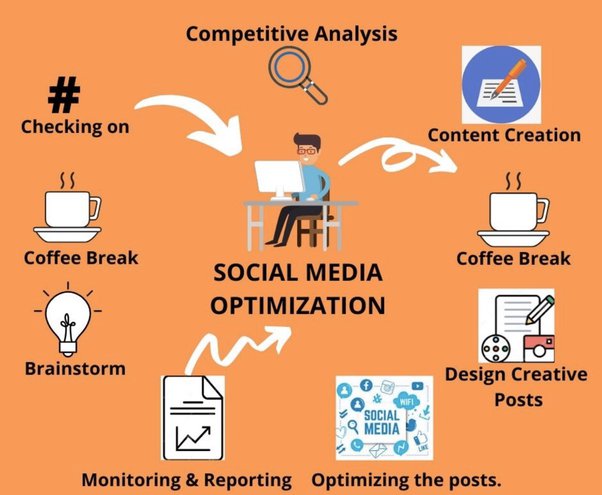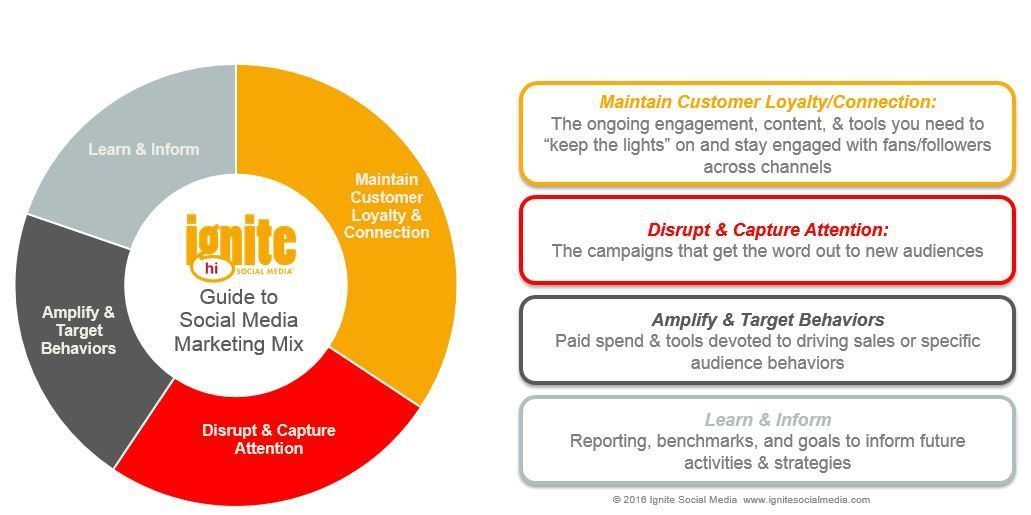
Branded content is an excellent way to connect with your audience and build brand momentum. It can help you connect with a wider audience, foster collaborations and build brand momentum. Here are four ways to create compelling brand content. Storytelling, Emotional appeal trust and reliability. You can also establish credibility by branding content. Branded content is a great marketing tool when done properly.
Storytelling
In today's digitally connected and fast-paced world brands need to be more than just a product/service. They have to become human beings that resonate with their target audience. Brands should consider what they represent, their values, their ideas, and their emotional connection to the brand. This can be done by using storytelling in branded content. Here are five different ways to incorporate storytelling in your marketing strategy. Let's take a look. 1. Create an emotional connection

Emotional appeal
The emotional appeal of brand content can drive sales and encourage sharing when used well. Everyone wants to feel happy. A brand that makes people feel happy can spread that feeling to others. Coca-Cola’s 2015 campaign "Happy," is an excellent example. This type of marketing captures the emotions of consumers. Here's how it can be used to your advantage.
Trust
The trust of consumers in brand content is declining. A recent study found that 77% of consumers in the US feel that trusting companies has become more difficult over the past few years. A way to increase trust in a brand is to encourage employee advocacy. Employers are often the most trusted advocates for a brand with 63% of respondents trusting them more that the brands.
Reliability
Brand trust is an important factor in determining its success. Consumers trust a brand when it consistently fulfills its value promise. The brand is generally a trademark or name that distinguishes sellers. If they are consistent with consumers' expectations, brands can command a higher price. Reliability increases brand loyalty and positive word of mouth support. Reliability in a brand depends on its ability and willingness to share information with consumers so they can make educated buying decisions.

Cost
The cost for branded content will vary depending on the content and its audience. Although a blog post is the most basic form, more advanced ad campaigns can cost between $10,000 and $10,000 per article. You can also use search engine optimization and social media promotion to make your approach more complicated. The chances of viral marketing are also increased by branding. A majority of consumers spend at most 45 seconds browsing branded content before reaching for a sales rep.
FAQ
Is content marketing worthwhile?
Content marketing is an essential part of any online business strategy. It's also a powerful way to promote your brand. Content marketing not only benefits customers but also makes you stand out among the rest.
Content marketing is all about creating valuable information that people want to consume. Successful companies use content marketing to engage their target audience.
What is the role of a content strategist?
Content strategists can help understand what people search on the Internet. They ensure your site is optimized for search engines, helping you rank high. They create content for social media sites like Facebook and Twitter. And they write copy for websites, blogs, and advertisements.
A content strategist collaborates with a marketing team to help organize a plan for the company’s online presence. Content strategists may work on their own but often work in collaboration with the rest to ensure that each piece serves its purpose.
What is Content Marketing Strategy?
Content Marketing Strategy allows you to access data that you might not otherwise have. This data allows for you to evaluate which types of content are performing better than others.
It will help you determine the best strategies to increase traffic to your website. It also provides insights into the behavior of your audience so you can create even better content.
This means you can spend less time worrying about what kind of content works and more time focusing on what doesn't.
An analysis of your audience's response to your messages can be done through a Content Marketing Strategy.
This analysis will allow you to determine which content they like. You can then create similar content and continue to develop your successful ideas.
A Content Marketing Strategy can help you track the performance of your content. You can quickly see which types of content converts best by sharing them more.
A Content Marketing Strategy can be summarized as the key to ensuring that your content performs well.
What are the 7 steps of content marketing?
The seven-step process of content marketing involves:
-
Identify the problem
-
Learn what is working right now
-
Find new ideas
-
Turn them into strategies
-
They are worth a try
-
Measuring the results
-
Keep going with the same process until something works.
This approach is proven to work for all businesses, large or small.
Statistics
- This marketing strategy landed Ford a 15.4% conversion rate. (neilpatel.com)
- According to research compiled by Coschedule: Companies that publish 16+ blog posts a month get as much as 3.5x as much traffic as those that publish 0-4 posts a month. (criteo.com)
- Forty-seven percent of buyers view 3 to 5 pieces of content before engaging with a sales representative. (mailchimp.com)
- Progress indicators (0–100%) allow each team member to see how attainable each goal is and understand what remains to be accomplished. (semrush.com)
- Measure your goals with a progress indicator of 0-100%. Make your goals collaborative and transparent (semrush.com)
- We found that 40% of businesses don't have a documented strategy yet. (semrush.com)
- To further show the importance of this, 89% of people have stopped doing business with a company because of a poor experience. (neilpatel.com)
- According to our research, 65% of companies with very successful content marketing in 2021 ran content audits at least twice a year. (semrush.com)
External Links
How To
Informationgraphic creation tips to help with content marketing
Infographics are a powerful way to simplify complicated concepts, and make information easier to understand. Infographics can be used to communicate your message.
To create an infographic, you will need to use design software like Adobe Illustrator or Photoshop. You can use these programs to draw out different shapes and elements to represent your data, then add colors and fonts to make everything look nice. Once your design has been created, you can start uploading images from Unsplash/Pixabay to incorporate into it.
Online infographics can be a great source of inspiration. You could use a photo of a food pyramid to show the calories in particular foods. Then, replace those numbers with photos of the foods. You might also want to calculate how many calories are in soda pop. This can be done by taking a picture with a bottle of Coke.
Once you've created your infographic, share it on social media channels like Facebook or Twitter. This makes it easy for people unfamiliar with the concept to learn. If you decide to post your infographic on social media platforms, include hashtags so others can see what you're talking about. Users can follow along with specific conversations using hashtags.
If you decide to create an infographic, try making your posts shorter than usual. A blog post may be 2000-5000 words long. An infographic requires only 500-1000 words. This means you can easily convey more information with less space.
Keep in mind that viewers may have difficulty reading small fonts when creating your infographic. You should use large fonts for your infographics. Don't rely too heavily upon color. It is important that all text is legible.
Here are some more tips
-
Choose an Infographic Template. There are many online templates that you can download or print. Canva, Piktochart or Google Slides are three of the most well-known templates.
-
Create your Infographic. Create your infographic using the template. You can use any media that suits your audience. For example, creating an infographic about the best places to eat in Seattle might choose photos of local restaurants.
-
Add text. Once you've created your infographic, add text using Microsoft Word, PowerPoint, or Canva.
-
Add Images. Your infographic can also include images. These images can be charts, graphs, icons, or pictures. Make sure your picture is relevant to the topic you are adding.
-
Make It Interactive. You can add interactive elements such as buttons, maps, and links. This will make it easier for your audience to interact with you.
-
Share. Share your infographic with others on social media such as Facebook, Twitter and LinkedIn.
-
Measure. How well did your infographic perform? Did people click on your website? Did they signup for your mailing list? Was their reaction to the infographic?
-
Improve. Is there anything you can do to improve your infographic What could you do better next year?
-
Repeat. Do this again!